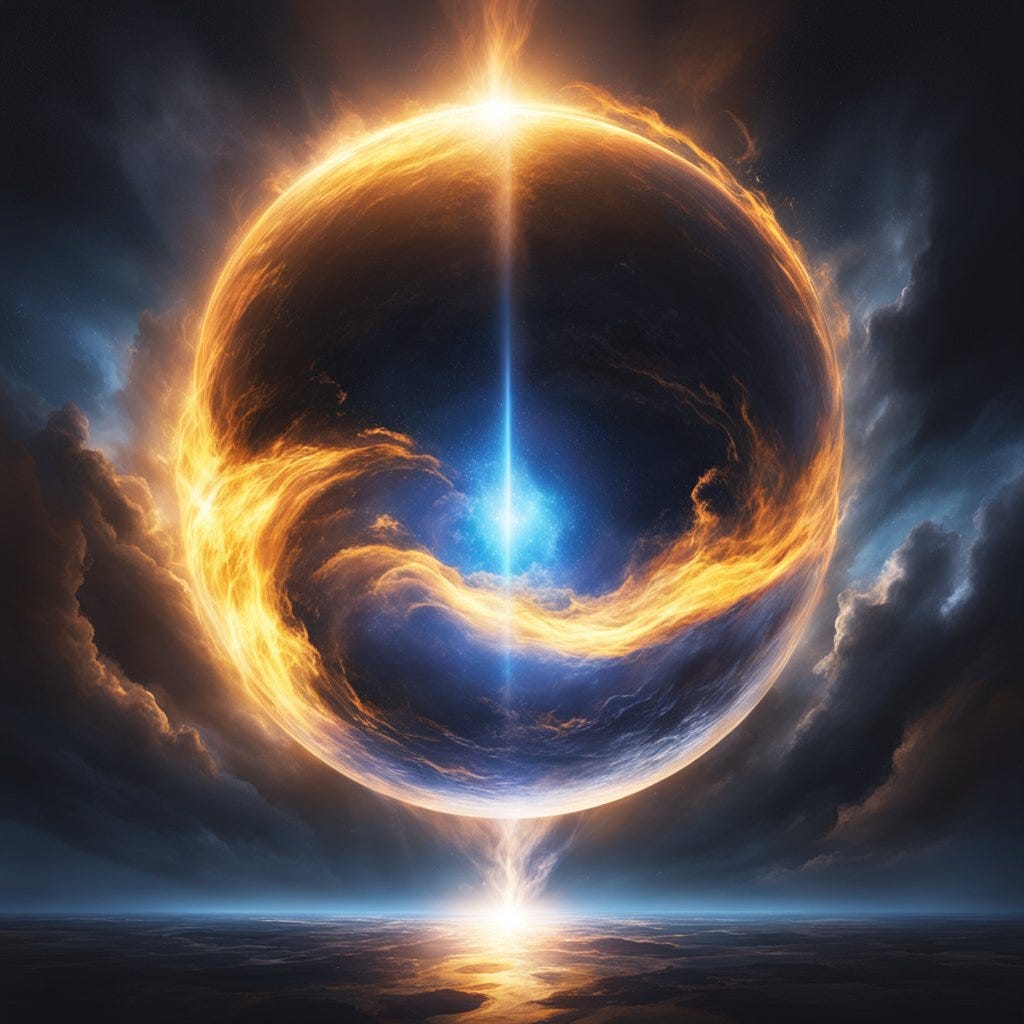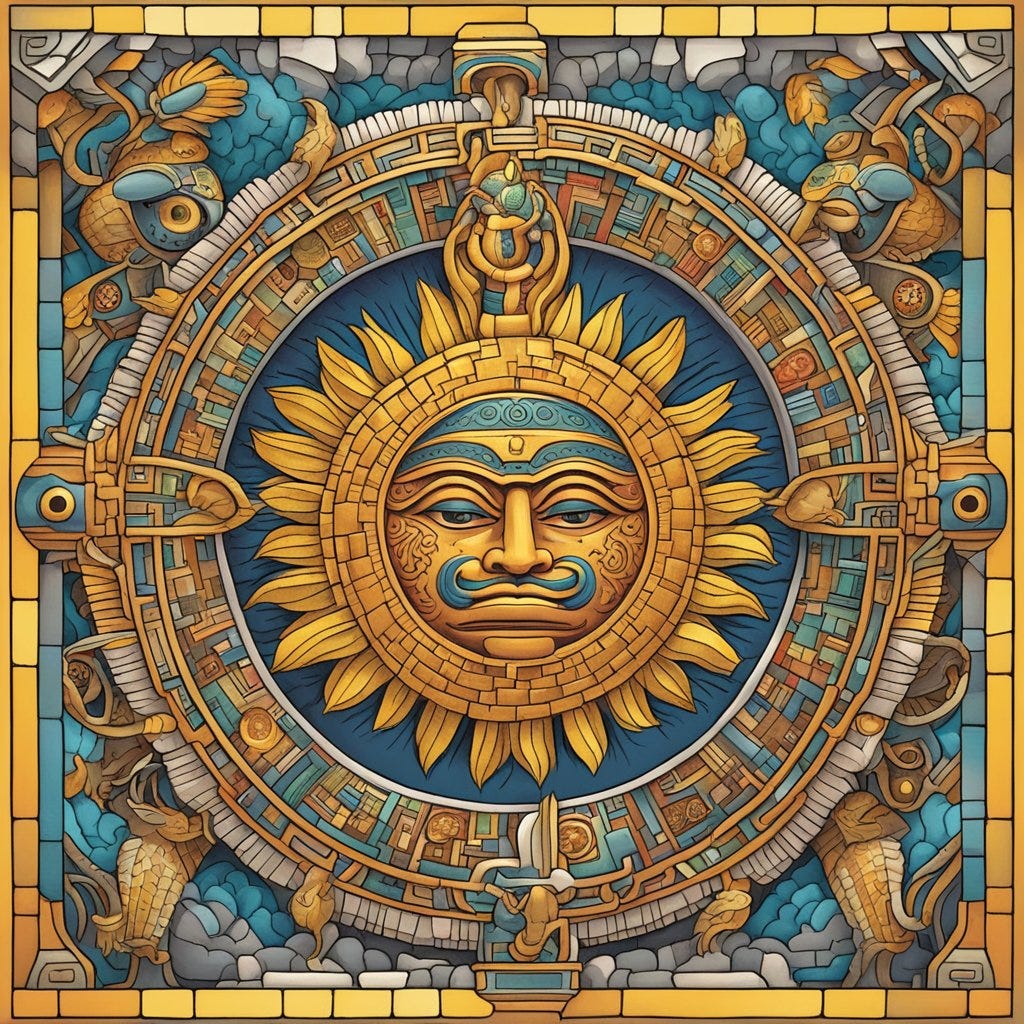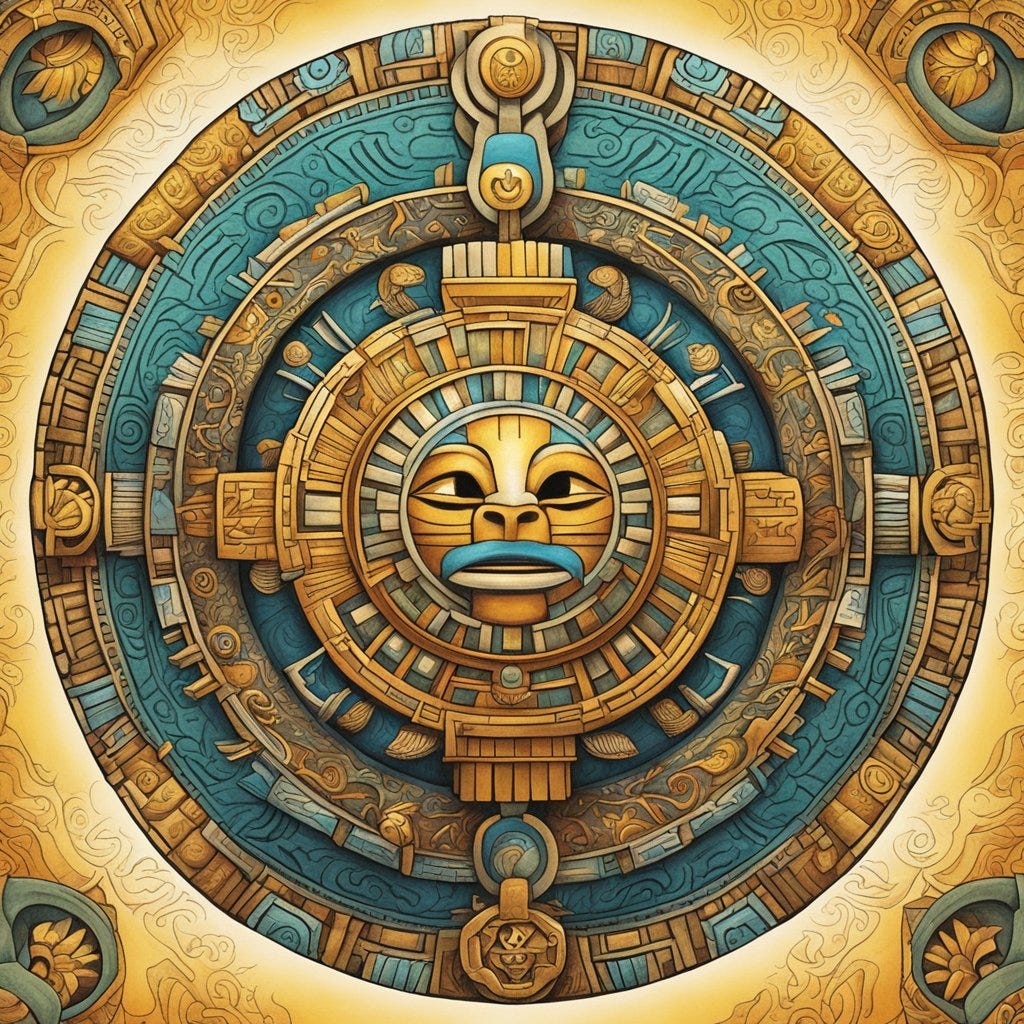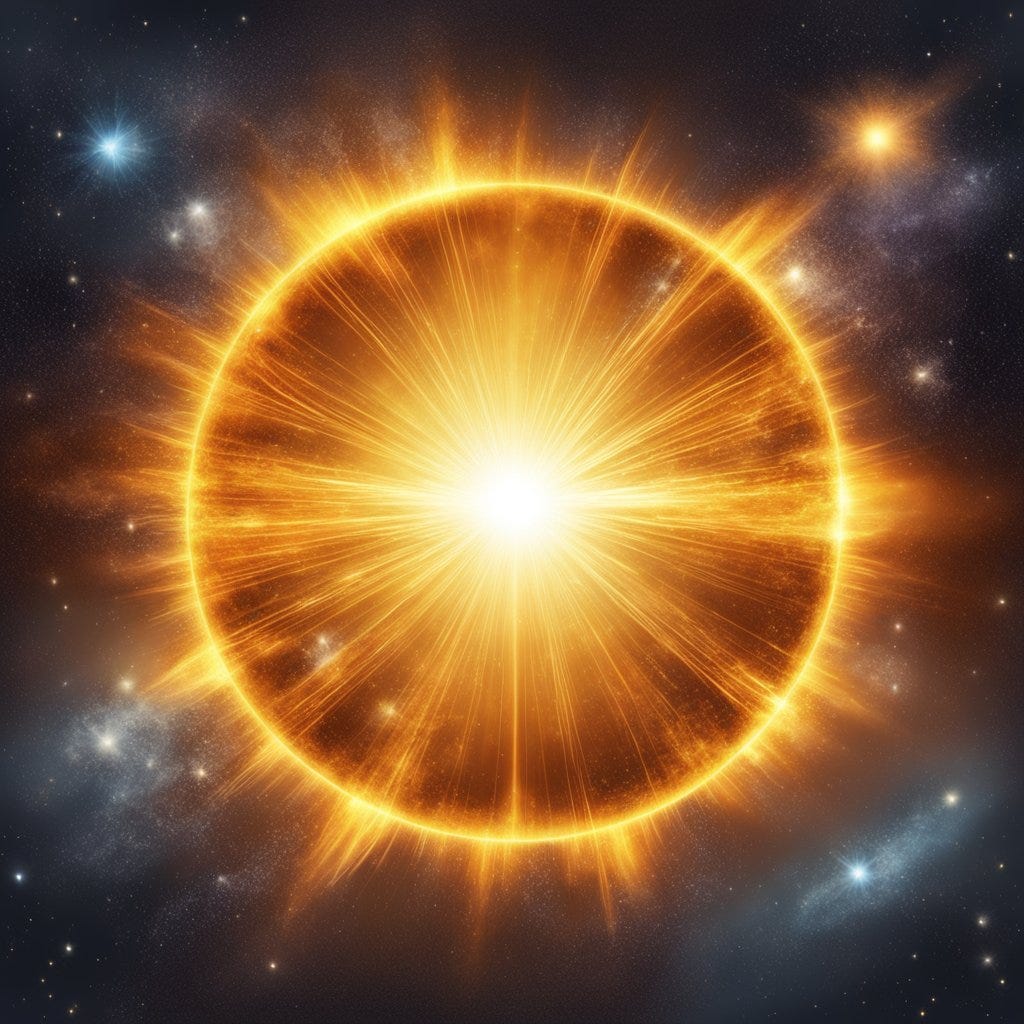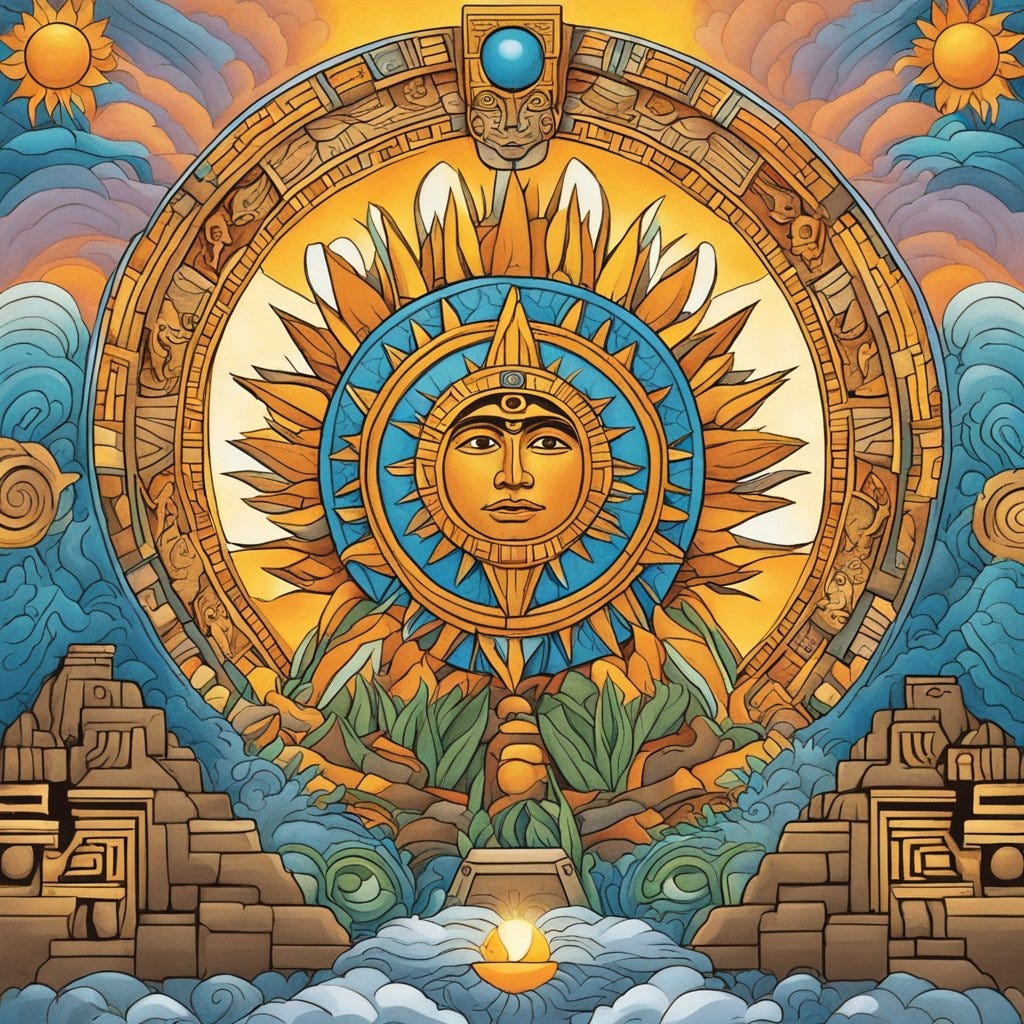According to Aztec mythology, the creation of the Fifth Sun is a significant event that marks the beginning of the current world. The Aztecs believed that there had been four previous suns, each of which was destroyed by the gods for different reasons. The gods Tezcatlipoca and Quetzalcoatl were responsible for creating the Fifth Sun, and their sacrifice was crucial to the process.
In Aztec mythology, the creation of the Fifth Sun is a complex and fascinating story that involves the sacrifice of two gods. The gods Tezcatlipoca and Quetzalcoatl were tasked with creating a new world after the fourth sun was destroyed. To create the Fifth Sun, the two gods sacrificed themselves, and their blood became the sun and moon. This sacrifice was necessary to ensure the survival of humanity and the continuation of the world.
The creation of the Fifth Sun is an essential part of Aztec mythology and provides insight into the beliefs and values of the Aztec people. The story of the Fifth Sun highlights the importance of sacrifice and the role of the gods in shaping the world. Understanding the creation of the Fifth Sun is crucial to understanding the Aztec worldview and their approach to religion and spirituality.
Aztec Mythology
Aztec mythology is the body of myths, beliefs, and cosmologies of the Aztec peoples. It was a complex system of beliefs that included eschatological beliefs, or beliefs about the end of the world and the creation of the universe. The Aztecs believed that the universe had been created and destroyed several times before the current world, or the Fifth Sun, was created.
According to Aztec mythology, the creation of the Fifth Sun was the result of a sacrifice by the gods Tezcatlipoca and Quetzalcoatl. The two gods sacrificed themselves to create a new world, and their blood became the sun and moon. The creation of the Fifth Sun marked the beginning of a new era, and it is the world that we live in today.
The Aztecs believed that the world was divided into three parts: the heavens, the earth, and the underworld. The heavens were the domain of the gods, and the earth was the domain of humans. The underworld was the domain of the dead, and it was ruled by the god Mictlantecuhtli.
The Aztec religion was a polytheistic religion, which means that they worshipped many gods. The most important god in the Aztec religion was Huitzilopochtli, the god of war, sun, and human sacrifice. The Aztecs believed that Huitzilopochtli needed to be fed with human blood in order to ensure the survival of the world.
The Aztecs were a pre-Columbian people who lived in the Mesoamerican region, specifically in central Mexico. They were a powerful civilization that flourished during the postclassic period, from the 14th to the 16th centuries. The Aztecs were known for their advanced agricultural practices, their impressive architecture, and their complex social and political organization.
The Concept of Five Suns
Aztec mythology revolves around the concept of five suns, or worlds, that have been created and destroyed by the gods. It is believed that each sun was destroyed for a different reason, and the Fifth Sun is the current world that we live in.
The creation myth of the Aztec world is a cycle of creation and destruction. The gods created the world and the humans, but the humans did not respect the gods and their creations. This led to the destruction of the First Sun, which was a world of giants. The Second Sun was destroyed by a hurricane, and the Third Sun was destroyed by a rain of fire.
The Fourth Sun was destroyed by a flood, and the gods decided to create a new world, the Fifth Sun. To create this world, the gods Tezcatlipoca and Quetzalcoatl sacrificed themselves. Their blood became the sun and the moon, and their bones became the mountains.
The Fifth Sun is believed to be the world that will last forever, and it is represented by the sun god Tonatiuh. The Aztecs believed that the Fifth Sun was the most important sun, and they had many beliefs and representations associated with it.
Overall, the concept of the five suns is an important part of Aztec mythology and their beliefs about the creation and destruction of the world.
Creation of the Fifth Sun
According to the Aztec creation myth, there have been five suns, or worlds, each of which was destroyed by the gods for a different reason. The Fifth Sun is the current world, and it was created by the gods Tezcatlipoca and Quetzalcoatl. The two gods sacrificed themselves to create the new world, and their blood became the sun and moon.
The creation of the Fifth Sun was a result of a sacrifice made by the gods. The gods sacrificed themselves to create a new world and bring back light to the universe. The first to offer himself was Tezcatlipoca, who hurled himself into a fire. His sacrifice was followed by Quetzalcoatl, who jumped into the flames after him. The two gods then transformed into two giant serpents, who rose into the sky and became the sun and the moon.
The creation of the Fifth Sun was not an easy task. Before the gods could create the new world, they had to overcome the many obstacles that stood in their way. One of the obstacles was Nanahuatzin, a god who was considered to be the least important of all the gods. He was chosen to become the new sun, but he had to overcome many challenges before he could do so. He had to purify himself through fasting and self-sacrifice, and then he had to climb a mountain and offer himself as a sacrifice to the gods. His sacrifice was accepted, and he became the new sun, Tonatiuh.
The creation of the Fifth Sun involved many gods, including Ometeotl, Huitzilopochtli, Xolotl, Black Tezcatlipoca, Xipe Totec, Mictlantecuhtli, Tlaloc, Ehecatl, and Chalchiuhtlicue. Each of these gods played a role in the creation of the new world, and each had its own unique abilities and powers.
The creation of the Fifth Sun was a complex and intricate process that involved sacrifice, human sacrifice, and sacrificial rituals. It was a testament to the power and ingenuity of the Aztec gods, who were able to overcome obstacles and create a new world that would last for thousands of years.
Symbolism in Aztec Mythology
Aztec mythology is rich in symbolism, with many entities and concepts representing various aspects of life and the universe. One of the most prominent symbols in Aztec mythology is the color red, which represents blood, sacrifice, and life force. The East is also significant in Aztec mythology, as it is associated with new beginnings and the rising sun.
The jaguar is another important symbol in Aztec mythology, representing strength, power, and agility. Wind and rain are also significant symbols, representing life-giving forces that sustain the earth. Water is associated with fertility and the underworld, while earthquakes are seen as a manifestation of the god of the earth.
Heaven is a central concept in Aztec mythology, representing the realm of the gods and the afterlife. Religion played a crucial role in Aztec society, with priests and shamans serving as intermediaries between the people and the gods.
The cardinal directions are also significant in Aztec mythology, with each direction associated with a different aspect of life and the universe. The north represents death and the underworld, while the south is associated with fertility and the sun. The east is associated with new beginnings and the rising sun, while the west represents the realm of the dead and the setting sun.
The Aztec sun stone, also known as the calendar stone, is one of the most famous symbols of Aztec mythology. The stone depicts the four previous suns, as well as the current Fifth Sun, and is believed to represent the cyclical nature of life and the universe.
The concept of "ollin," or movement, is also significant in Aztec mythology, representing the constant motion and change of the universe. The wind sun, rain sun, earthquake sun, and water sun are all manifestations of the god of movement, representing the life-giving forces that sustain the earth.
Finally, the people of the sun are a central concept in Aztec mythology, representing the chosen people of the gods. They were believed to have been created by the gods to serve as their representatives on Earth and were responsible for maintaining the balance between the natural and supernatural worlds.
Inhabitants of the Suns
According to Aztec mythology, each sun has its own inhabitants, and the Fifth Sun is no exception. The previous world was inhabited by giants, jaguars, monkeys, dogs, turkeys, rabbits, and humans. The current sun, on the other hand, is inhabited by the human race.
The first sun was inhabited by giants, who were eventually destroyed by the gods because they were unruly and disobedient. The second sun was inhabited by jaguars, who were also destroyed by the gods because they were too fierce and aggressive. The third sun was inhabited by monkeys, who were destroyed because they were too playful and carefree.
The fourth sun was inhabited by humans, who were destroyed because they did not show proper respect to the gods. The current sun, the Fifth Sun, was created by the gods Tezcatlipoca and Quetzalcoatl, who sacrificed themselves to create the new world. Their blood became the sun and moon, and the human race became the inhabitants of the new world.
The Aztecs believed that all living things were created by the gods and that each had its own purpose and place in the world. Fish were created to live in the water, while maize was created to provide sustenance for the human race.
In conclusion, the Fifth Sun is currently inhabited by the human race, who were chosen by the gods to be the inhabitants of the new world. The previous suns were inhabited by various creatures, each of which was destroyed by the gods for a different reason. The Aztecs believed that all living things had a purpose and place in the world and that they were all created by the gods.
Aztec Civilization and Religion
The Aztec civilization was one of the most advanced and complex civilizations in Mesoamerica. They were also known as the Mexica and were originally from the region of Aztlan in northern Mexico. The Aztecs were skilled farmers, traders, and warriors. They built impressive cities such as Teotihuacan and Tenochtitlan, which were centers of political and religious power.
Religion played a significant role in Aztec society. The Aztecs believed in many gods and goddesses, and their religion was closely tied to their daily lives. They believed that their gods had created the world and that they had to make offerings to them to maintain the balance between the physical and spiritual worlds. The Aztec gods were often depicted in the codices, which were books made of bark paper that contained information about Aztec history, religion, and culture. One of the most important codices is the Codex Borgia, which contains information about the Aztec calendar and their gods.
The Aztecs also believed in the afterlife and had a complex system of beliefs about death and the underworld. They believed that the souls of the dead went to Mictlan, the underworld, where they had to pass through a series of obstacles before they could reach their final resting place. The Aztecs made offerings to the dead to help them on their journey and believed that death was just a part of the cycle of life.
The Aztecs were part of the Nahua culture, which was a group of indigenous peoples who spoke the Nahuatl language. The Nahua cultures shared many similarities in their beliefs and practices, including their religion and their use of hieroglyphic writing. The Aztecs were the most powerful of the Nahua cultures, and their civilization had a significant impact on the history of Mesoamerica.
In conclusion, the Aztec civilization was a complex and advanced society with a rich religious and cultural heritage. Their belief in many gods and goddesses, their use of codices to record their history and religion, and their complex system of beliefs about death and the afterlife are all important aspects of their civilization. The Aztecs were one of the most powerful civilizations in Mesoamerica, and their legacy continues to influence modern Mexican culture.
Frequently Asked Questions
What is the Aztec creation myth?
The Aztec creation myth is a story that explains how the world was created. According to the myth, there have been five suns, or worlds, each of which was destroyed by the gods for a different reason. The Fifth Sun is the current world, and it was created by the gods Tezcatlipoca and Quetzalcoatl.
Who were the gods responsible for creating the Fifth Sun?
The gods responsible for creating the Fifth Sun were Tezcatlipoca and Quetzalcoatl. They sacrificed themselves to create the new world, and their blood became the sun and moon.
How was the Fifth Sun created?
The Fifth Sun was created through the sacrifice of Tezcatlipoca and Quetzalcoatl. They jumped into a fire and were reborn as the sun and moon.
What is the significance of Tezcatlipoca and Quetzalcoatl's sacrifice?
The sacrifices of Tezcatlipoca and Quetzalcoatl represent the ideas of rebirth and renewal. It also symbolizes the importance of sacrifice in Aztec culture.
What caused the destruction of the previous four suns, according to Aztec mythology?
The previous four suns were destroyed by different gods for different reasons. The first sun was destroyed by Jaguars, the second sun was destroyed by hurricanes, the third sun was destroyed by the rain of fire, and the fourth sun was destroyed by a flood.
How does the creation of the Fifth Sun relate to the Aztec apocalypse myth?
The creation of the Fifth Sun is closely related to the Aztec apocalypse myth. According to the myth, the world will end in a cataclysmic event known as the "Sixth Sun." This event will be preceded by a series of omens and signs, and it will mark the end of the current world.





